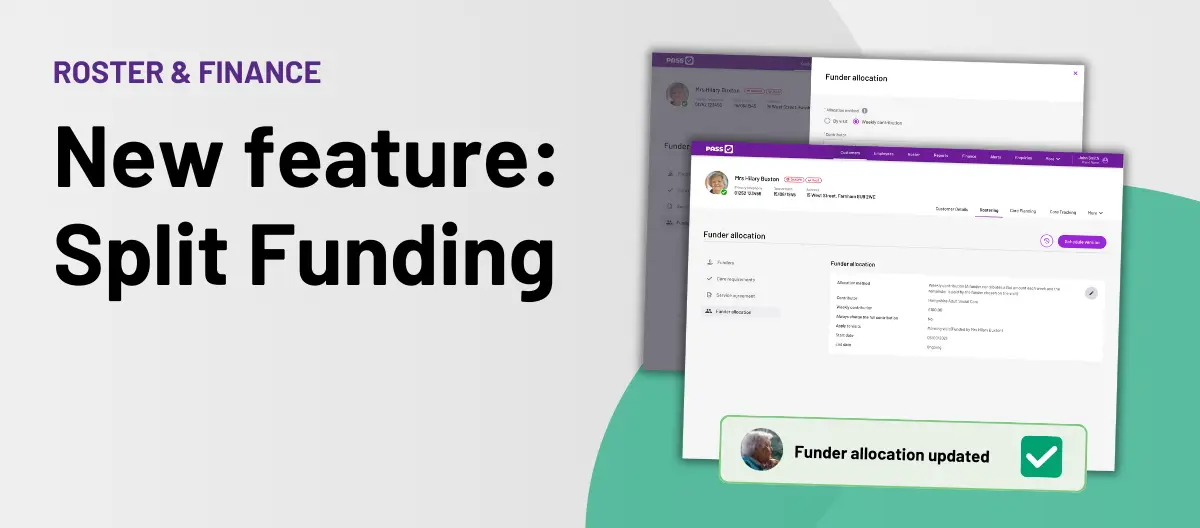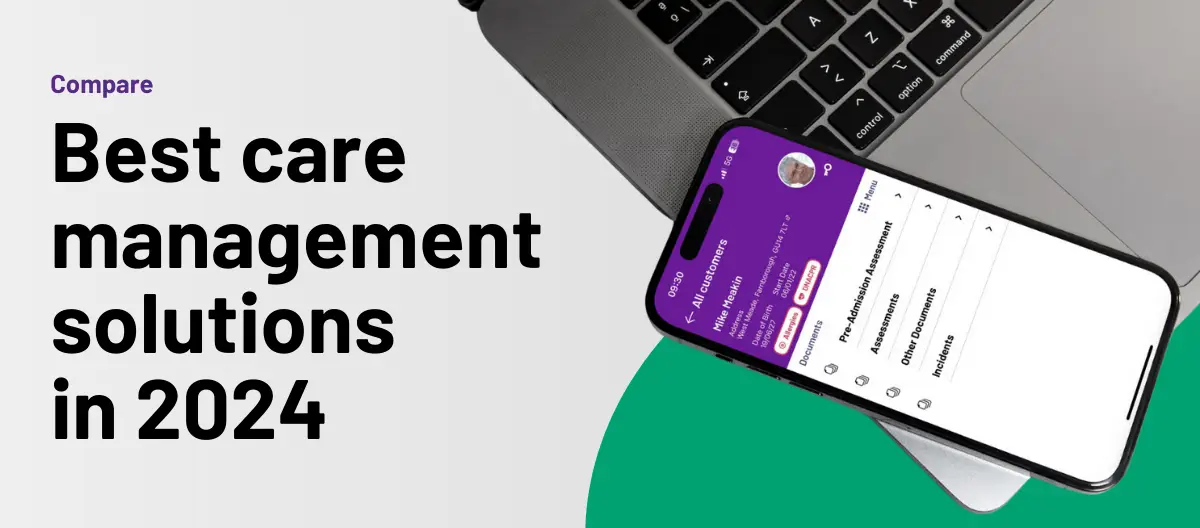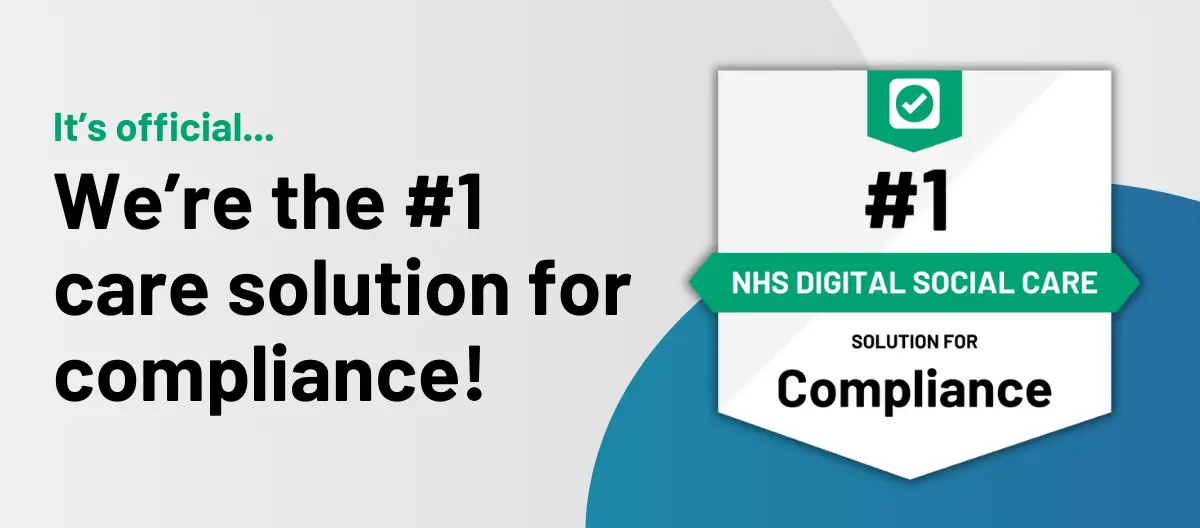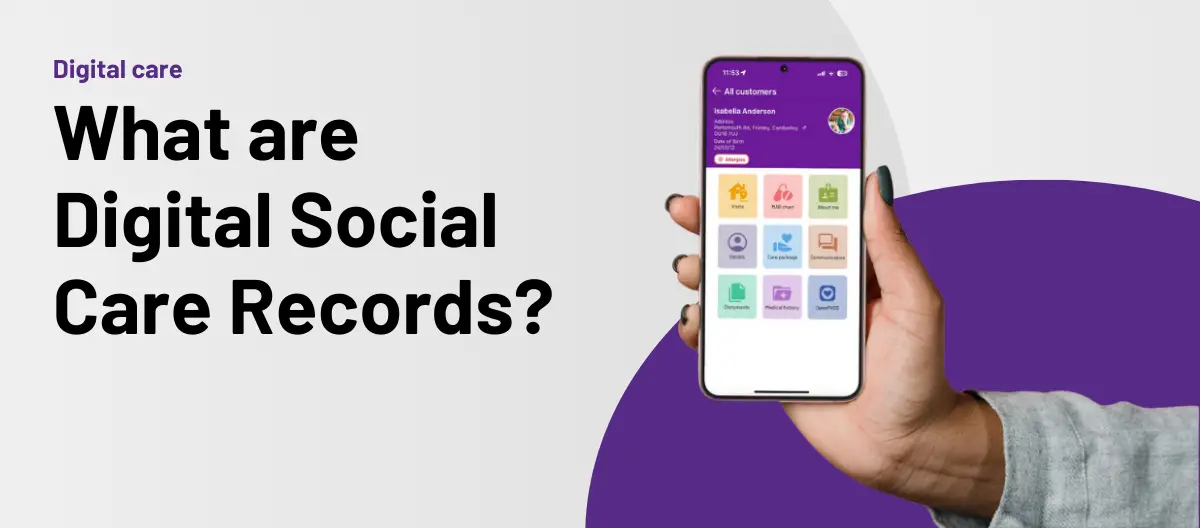From risk prevention and care management to better care home design, supply chain management and recruitment and retention, the benefits of predictive analysis resulting in data innovation is manifold for the care sector.
As demonstrated by the launch of our INSIGHT Dashboards with the PASSsystem 20:20 Edition, predictive analysis, through the interrogation of historical data, assesses the likelihood of future outcomes. This helps carers, and financial and administrative teams increase efficiency and improve performance.
Data can be used to inform care management decisions by flagging up and avoiding areas of risks, including falls, ulcers and dehydration, and, thereby, improving operational performance by directing resources more efficiently.
In food and nutrition, historical data can be used to modify food plans to manage weight and nutritional intake and avoid choking risks, while it can also be interrogated to inform activities and lifestyles programmes to focus on those most effective in terms of engagement and well-being enhancement. Furthermore, falls management can be improved by targeting resources on those most at risk and modifying care practices to help avoid incidents.
It’s not only in care management that predictive analysis is proving particularly effective. The innovation is also being increasingly rolled out to provide better outcomes in areas such as recruitment and retention, and even in designing care homes.
With around 110,000 vacancies at any one time, or 8% of the total workforce, and staff turnover at an industry high of 30%i, it’s clear that much more needs to be done to target the right kind of people for social care and to keep them in their roles.
Predictive analysis is helping inform recruitment and retention strategies by contributing to the hiring of workers who are more likely to stay in the sector. These analysis tools can be used to track an applicant’s reactions to a variety of scenarios to help determine how well they would perform in a particular role. The tools can also be used to help profile the kind of person most likely to stay in their job and can also highlight the most effective recruitment strategies.
Elsewhere, the technology is being increasingly incorporated into the design of resources to improve the quality of life for people living with dementia. One of these is smart technology which helps reduce the care burden on the state by helping people stay in their homes for longer. For example, through predictive analysis, smart plugs can help prevent hazards in the home for vulnerable people by turning off irons before they get too hot when data highlights a recent trend of them being left on for too long.
With its enormous potential in a huge variety of applications, predictive analysis is set to play a critical role in helping provide more effective care for the vulnerable in the decades ahead through data innovation.
iThe state of the adult social sector and workforce in England, September 2018, Skills for Care https://bit.ly/2DARx2r
By Andrew Mason




